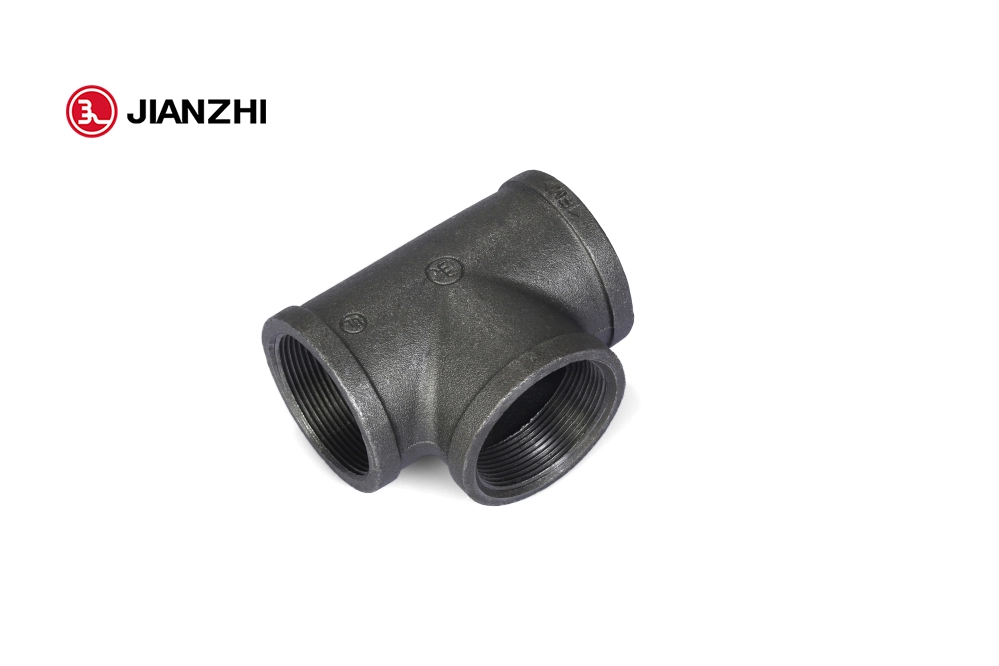There are several advantages and disadvantages to using T-joint pipe fittings in piping systems. Here are some of the main ones:
Advantages:
Branching capability: T-joint pipe fittings allow for the creation of a branch in a pipeline, which is necessary for many plumbing and piping systems.
Versatility: T-joint pipe fittings can be used to connect pipes of the same diameter or different diameters, making them a versatile solution for many piping system needs.
Cost-effective: T-joint pipe fittings are relatively inexpensive compared to other types of pipe fittings, making them a cost-effective solution for many piping system needs.
Easy to install: T-joint pipe fittings are easy to install, especially compared to more complex pipe fittings.
Disadvantages:
Reduced flow: T-joint pipe fittings can cause a reduction in flow rate due to the turbulence created by the branching of the pipes.
Potential for leaks: T-joint pipe fittings can be prone to leaks if not installed correctly or if the pipes are not properly aligned.
Space requirements: T-joint pipe fittings require additional space compared to straight pipe sections, which can be a disadvantage in t joint pipe tight spaces or when space is limited.
Corrosion: Depending on the material used, T-joint pipe fittings can be prone to corrosion, which can lead to leaks and other issues.
Overall, T-joint pipe fittings are a versatile and cost-effective solution for many piping system needs. However, they do have some disadvantages that should be considered when designing and installing a piping system.
How can I ensure that T-joint pipe fittings are properly aligned?
Proper alignment is essential for T-joint pipe fittings to function correctly and avoid leaks.
Here are some steps you can take to ensure that T-joint pipe fittings are properly aligned:
Measure and mark the pipes: Before installing the T-joint pipe fitting, measure and mark the pipes to ensure that they are cut to the correct length and properly aligned.
Use alignment tools: Alignment tools, such as spacers or wedges, can be used to ensure that the pipes are properly aligned before and during installation.
Install the T-joint pipe fitting carefully: When installing the T-joint pipe fitting, make sure to align it with the marked pipes and use a level or a plumb line to ensure that it is installed vertically.
Tighten the connections: Once the T-joint pipe fitting is properly installed, tighten the connections using the recommended torque specifications for the specific type of connection.
Test for leaks: After installation, test the system for leaks using a pressure test or a leak detection solution to verify that the T-joint pipe fitting is properly aligned and sealed.
Overall, proper alignment is essential for T-joint pipe fittings to function correctly and avoid leaks. By measuring and marking the pipes, using alignment tools, installing the fitting carefully, tightening the connections, and testing for leaks, you can ensure that your T-joint pipe fittings are properly aligned and functioning correctly.
